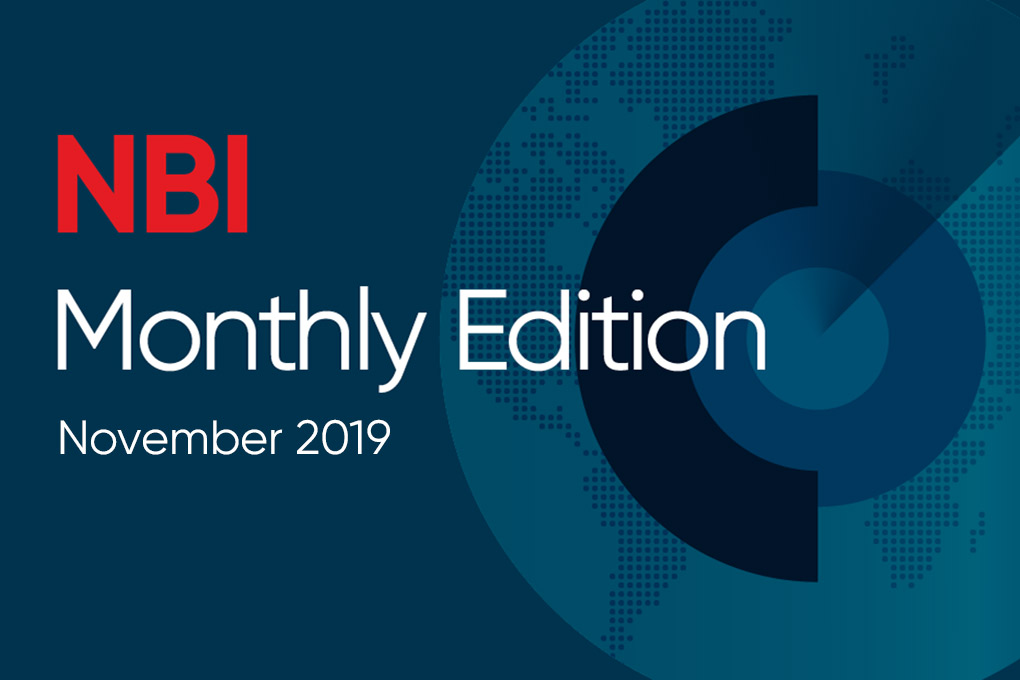The missing piece in portfolios
‘Smart money’, being institutional investors and pension plans, has felt the need to look outside of traditional investing and into areas where the nontraditional could make up for improved risk and reward dynamics. Enter alternative assets: hedge funds, real estate, agricultural land, private equity and infrastructure, just to name a few. What once was foreign and exotic, left mainly for complex investors, has now become a commonplace in many investors’ portfolios.
Alternative assets have gone mainstream
Alternative assets are nothing new. In fact, institutional investors have been allocating to these investments for decades. Recognizing the benefits alternative assets provide, many Canadian pension plans have increased their allocations to this class over time.

Source : Corporation Fiera Capital “Alternatives”; Individual pension plans’ annual reports.1
Potential benefits of alternative investments
Gaining exposure to a broader range of investment opportunities and strategies aims to improve riskadjusted returns. Below are some of the benefits to having an allocation to alternative assets.
- They may help mitigate extreme occurrences of market cycle peaks and troughs. This, in essence, is volatility, and having a portion of alternatives within investor portfolios has shown to help lessen its impact.
- Holding alternative assets helps to complement traditional investments as they have shown to have historically lower correlations. This ultimately helps in responding differently to market conditions which enhances the diversification of a portfolio.
- It creates an opportunity to help increase income within a portfolio. Alternative assets may offer higher yields compared to traditional investments. Volatility as a new normal
The uncertainties of today’s market environment are the new normal that every investor must deal with. Integrating alternatives into a traditional portfolio will potentially help reduce volatility and allow for protection in down markets, all while offering exposure to growth. These benefits can help investors navigate through what may sometimes be difficult markets over the long term. And although the notion of diversification is not something new, taking the road less travelled by adding alternative assets to a portfolio can result in the advantage investors are looking for.


